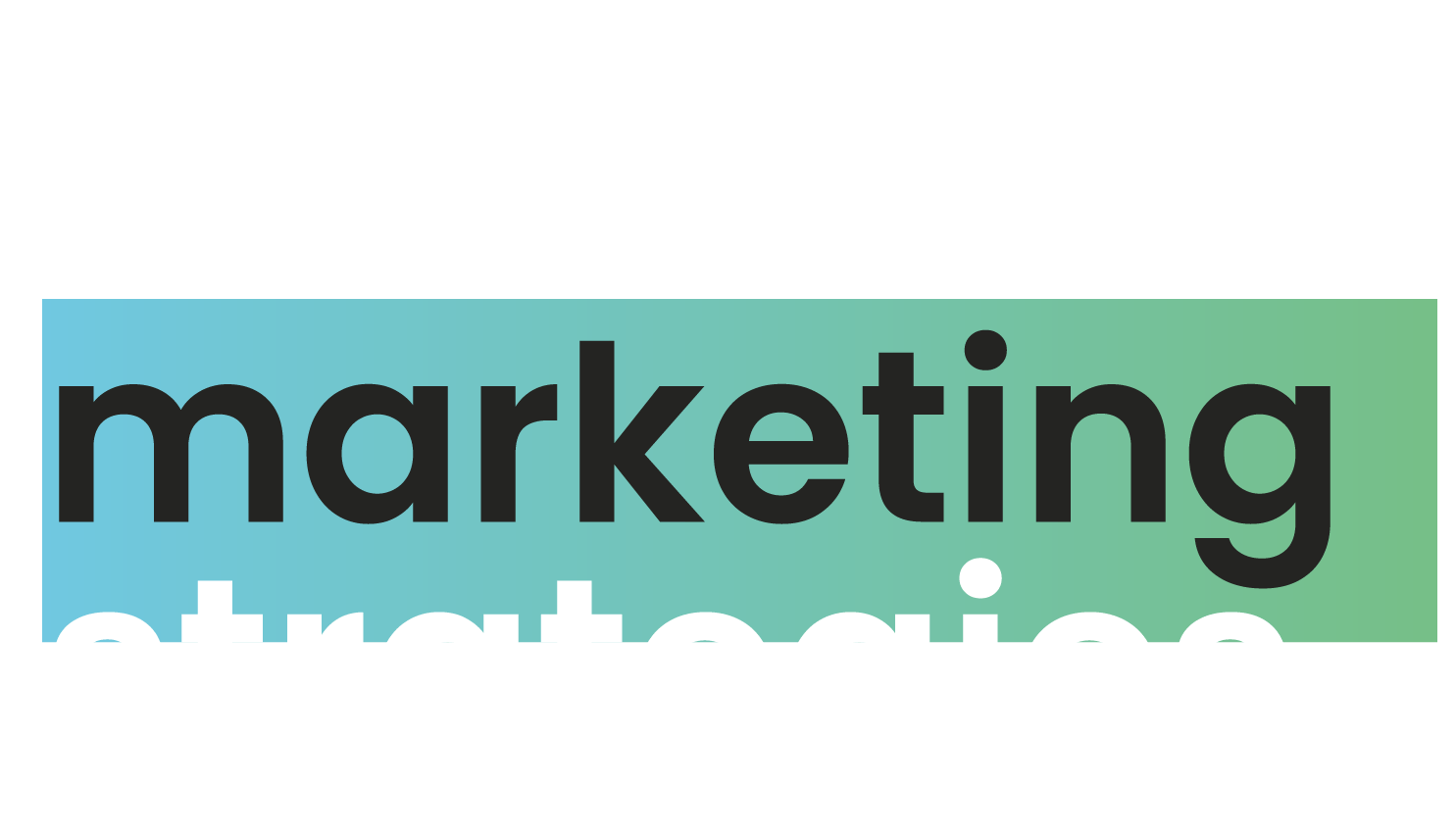Coffee shops are the go-to destination for casual meet-ups and business discussions, making them a staple in modern society. As a coffee shop owner, you might search for ways to increase foot traffic and maximize sales. One powerful tool to consider is Google Ads. It’s an online advertising platform that enables you to display advertisements on Google’s network, reaching your target audience more effectively.
This comprehensive guide will take you through the steps of running a successful Google Ads campaign for your coffee shop, covering everything from keyword research to ad optimization. Let’s get started!
Is Google Ads Worth It for Coffee Shops?
In today’s digital age, coffee shops face fierce competition and an ever-evolving consumer landscape. As a result, adopting the right marketing strategies is crucial to stand out and attract new customers. One such strategy is Google Ads, an advertising platform that has proven effective for numerous businesses. But is Google Ads worth it for coffee shops? The answer, in most cases, is a resounding yes.
Google Ads offers a range of benefits for coffee shops, from increased visibility and targeted advertising to measurable results and cost-effective campaigns. With the ability to precisely target customers based on location, interests, and online behavior, coffee shops can ensure their ads reach the most relevant audience. This targeted approach helps drive foot traffic and attract new customers, ultimately increasing sales and revenue.
Additionally, Google Ads enables coffee shop owners to measure the success of their campaigns using real-time data, making it easy to calculate return on investment (ROI) and adjust strategies accordingly. This level of control and insight is invaluable when determining the effectiveness of advertising efforts.
Budget flexibility is another key advantage of Google Ads. With options like cost-per-click (CPC) and cost-per-impression (CPM) bidding, coffee shop owners can set their budgets based on their goals and financial constraints. This makes Google Ads accessible for businesses of all sizes, from small independent shops to large chains.
Yet, it’s important to note that success with Google Ads depends on proper planning, continuous optimization, and a data-driven approach. This requires time, effort, and potentially a learning curve for those new to the platform. But when done right, the results can be substantial, making Google Ads an essential tool in any coffee shop’s marketing arsenal.
Setting Up Your Google Ads Account
You’ll need to create an account to kick off your Google Ads journey. Head to the Google Ads website and sign up with your account. Follow the prompts and fill out the necessary information to set up your account.
Defining Your Target Audience
Before you launch your ad campaign, it’s essential to identify your target audience. Understanding their demographics, preferences, and habits will help you create more effective ads. Consider the following factors:
- Age group
- Location
- Income level
- Interests
- Online behavior
Once you have a clear picture of your ideal customers, you can better tailor your ads to reach them.
Keyword Research
Keywords are the foundation of your Google Ads campaign. These are the terms that people search for, and your ads will appear in response to those searches. To find the best keywords for your coffee shop, use tools like Google Keyword Planner or Ubersuggest.
Look for keywords with high search volume and low competition. These are the terms that users search for frequently but other advertisers are not bidding on. Some keyword examples for a coffee shop might include:
- Local coffee shop
- Specialty coffee
- Coffee and pastries
- Coffee delivery
Remember to include both broad and long-tail keywords in your campaign. Broad keywords (e.g., “coffee shop”) reach a wider audience, while long-tail keywords (e.g., “best pour-over coffee in [city]”) are more specific and can drive highly targeted traffic.
Creating Campaigns and Ad Groups
Now that you’ve researched keywords, it’s time to set up your campaigns and ad groups. Start by creating a new campaign in your Google Ads account. Choose a campaign type (e.g., “Search Network” or “Display Network”), and set your campaign’s daily budget and bidding strategy.
Next, create ad groups within your campaign. Ad groups help organize your ads based on similar keywords or themes. For instance, you could have separate ad groups for:
- Specialty coffee
- Coffee and pastries
- Events and promotions
Writing Compelling Ad Copy
Once your ad groups are set up, you must create the actual ads. Google Ads offers various ad formats, including text, image, and video ads. To craft compelling ad copy, follow these best practices:
- Write a clear and concise headline that grabs attention.
- Highlight your unique selling points, such as specialty coffees or live music events.
- Include a strong call-to-action (CTA), such as “Visit our coffee shop today” or “Order online now.”
- Use relevant keywords in your ad copy to improve ad relevance and quality score.
- If you’re running location-based ads, include your coffee shop’s address and hours of operation.
Utilizing Ad Extensions
Ad extensions can enhance your ads by providing additional information or clickable links. Some common ad extensions for coffee shops include:
- Location extensions: Display your coffee shop’s address and link to Google Maps.
- Call extensions: Add a phone number to your ad, allowing users to call directly from the search results.
- Sitelink extensions: Include additional links to specific pages on your website, such as your menu, online ordering, or upcoming events.
To add ad extensions, navigate to the “Ads & extensions” tab in your Google Ads account and select the appropriate options.
Targeting and Bidding Strategies
For maximum effectiveness, customize your ad targeting settings. Adjust your targeting preferences based on factors such as location, device, time of day, and demographics. For example, you might want to target users within a 5-mile radius of your coffee shop or prioritize mobile users.
Next, decide on a bidding strategy. Google Ads offers various bidding options, such as cost-per-click (CPC), cost-per-impression (CPM), or cost-per-acquisition (CPA). Choose a strategy that aligns with your campaign goals and budget constraints.
Monitoring and Optimizing Your Ads
Once your ads are live, monitoring their performance and making adjustments as needed is crucial. Regularly review your campaign metrics, including:
- Click-through rate (CTR)
- Cost per click (CPC)
- Conversion rate
- Return on ad spend (ROAS)
Based on these metrics, identify areas for improvement and adjust your ads accordingly. This might involve refining your ad copy, adjusting bids, or testing new keywords.
A/B Testing
To optimize your ads further, run A/B tests. This involves comparing two different versions of an ad, landing page, or ad element to determine which performs better. Some elements to test include:
- Headlines
- Ad copy
- Calls-to-action
- Images or videos
- Ad extensions
Make sure to run one test at a time to isolate the impact of each change. After the test, analyze the results and implement the winning version.
Remarketing Campaigns
Remarketing is a powerful strategy to re-engage with users who have previously interacted with your website or ads. By creating a remarketing campaign, you can target these users with customized ads to encourage them to return to your coffee shop or complete a purchase.
To set up a remarketing campaign, create a new audience list in your Google Ads account and add the Google Ads remarketing tag to your website.
How To Create a Successful Google Ads Campaign for a Local Coffee Shop: Other Tips
Creating a successful Google Ads campaign for your local coffee shop requires more than following the steps outlined in the previous sections. Here are some additional tips to help make your campaign a success:
- Use Location-Based Targeting
As a local business, you want to ensure your ads reach people in your area. Use location-based targeting to ensure your ads are shown only to people within a certain radius of your coffee shop. This will help you attract more foot traffic and increase your chances of getting new customers.
- Optimize Your Landing Page
Your landing page is where potential customers will go after clicking on your ad. Make sure it’s optimized for conversions by including clear calls-to-action, relevant information about your coffee shop, and a simple and easy-to-use layout. This will help increase the chances of visitors converting into customers.
- Leverage Local Keywords
In addition to general keywords related to coffee shops, include local keywords in your campaigns. This includes keywords related to your city or neighborhood, such as “best coffee shop in [city name]” or “coffee shop near [landmark].” This will help attract customers specifically looking for a coffee shop in your area.
- Utilize Negative Keywords
Negative keywords are those you don’t want your ad to appear for. For example, if you don’t offer coffee delivery, you can add “coffee delivery” as a negative keyword to avoid wasting money on clicks from people looking for delivery services. Negative keywords can help you save money and ensure your ads reach the most relevant audience.
- Test Different Ad Formats
Google Ads offers a variety of ad formats, including text, image, and video ads. Test different ad formats to see which ones work best for your coffee shop. For example, a video ad may be more effective at showcasing the ambiance of your coffee shop, while an image ad may be more effective at showcasing your menu items.
You can create a successful Google Ads campaign for your local coffee shop by following these tips and continuously optimizing your campaign. By reaching the right audience with the right message, you can attract more customers, increase foot traffic, and boost your sales and revenue.
Conclusion
Running a successful Google Ads campaign for your coffee shop requires careful planning, continuous optimization, and a data-driven approach. Following the steps outlined in this guide, you can create targeted, high-performing ads that drive more foot traffic and increase sales for your coffee shop. So, what are you waiting for? Get started on your Google Ads journey today!





